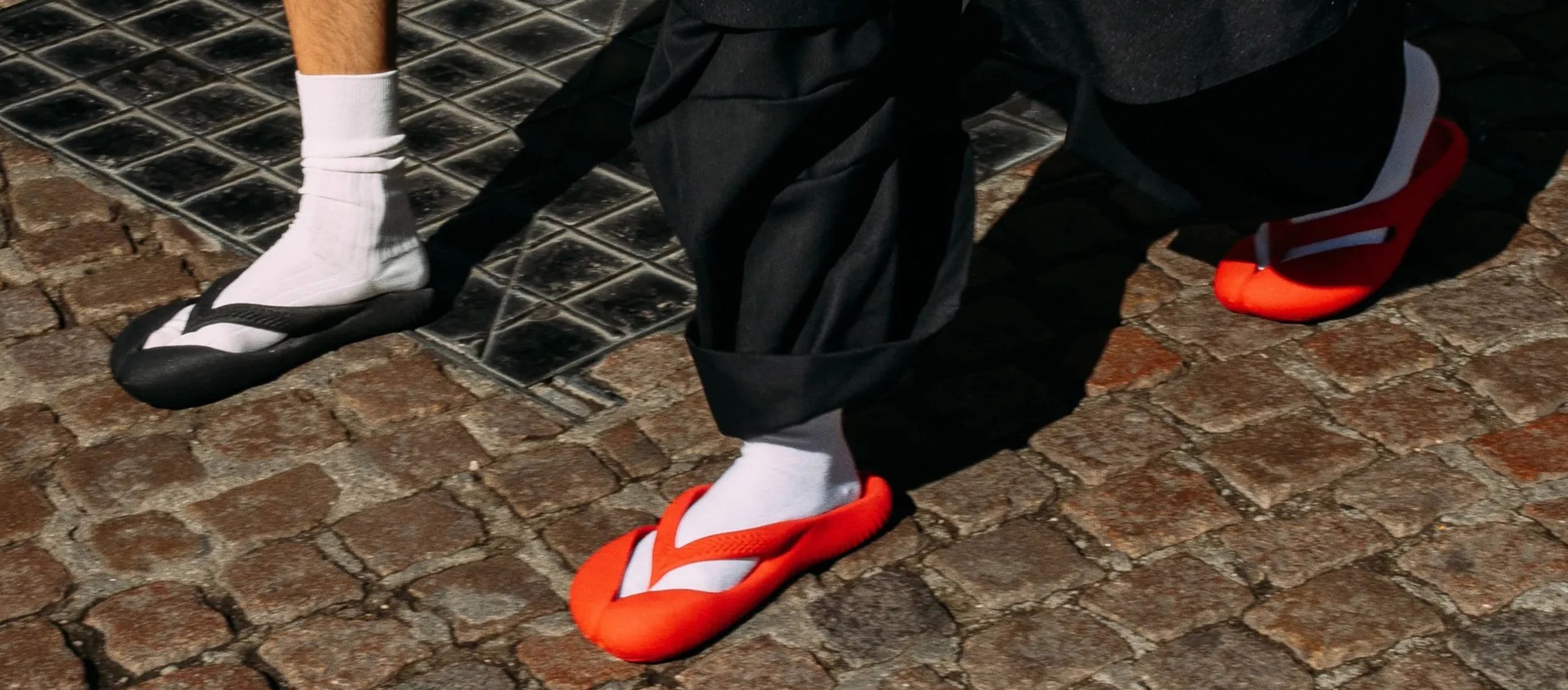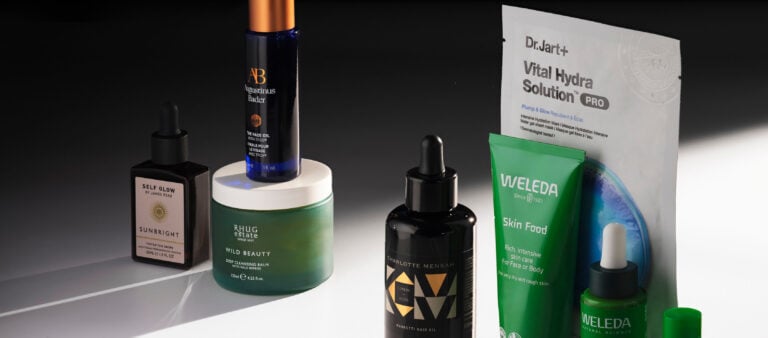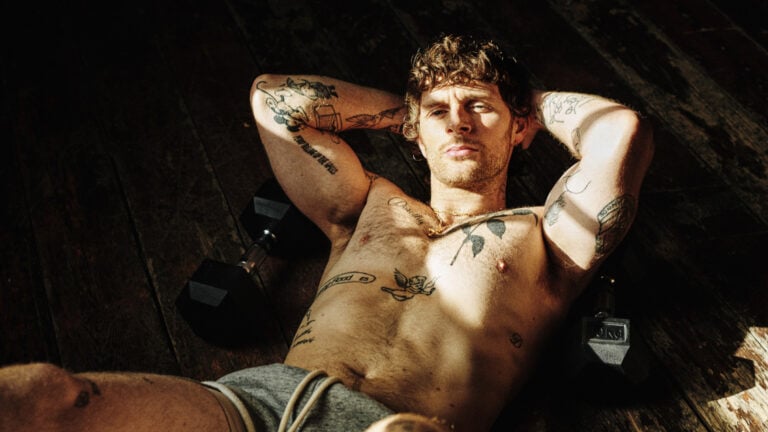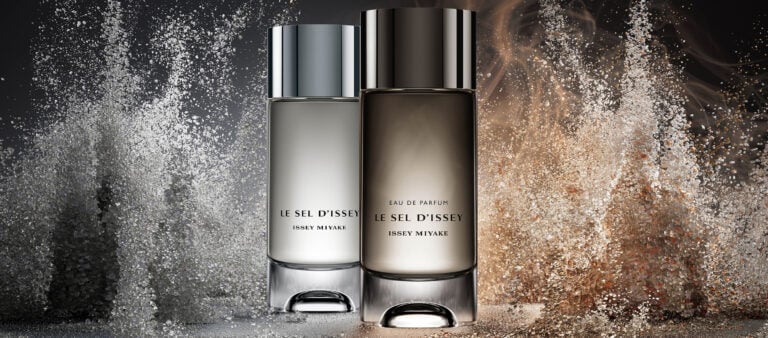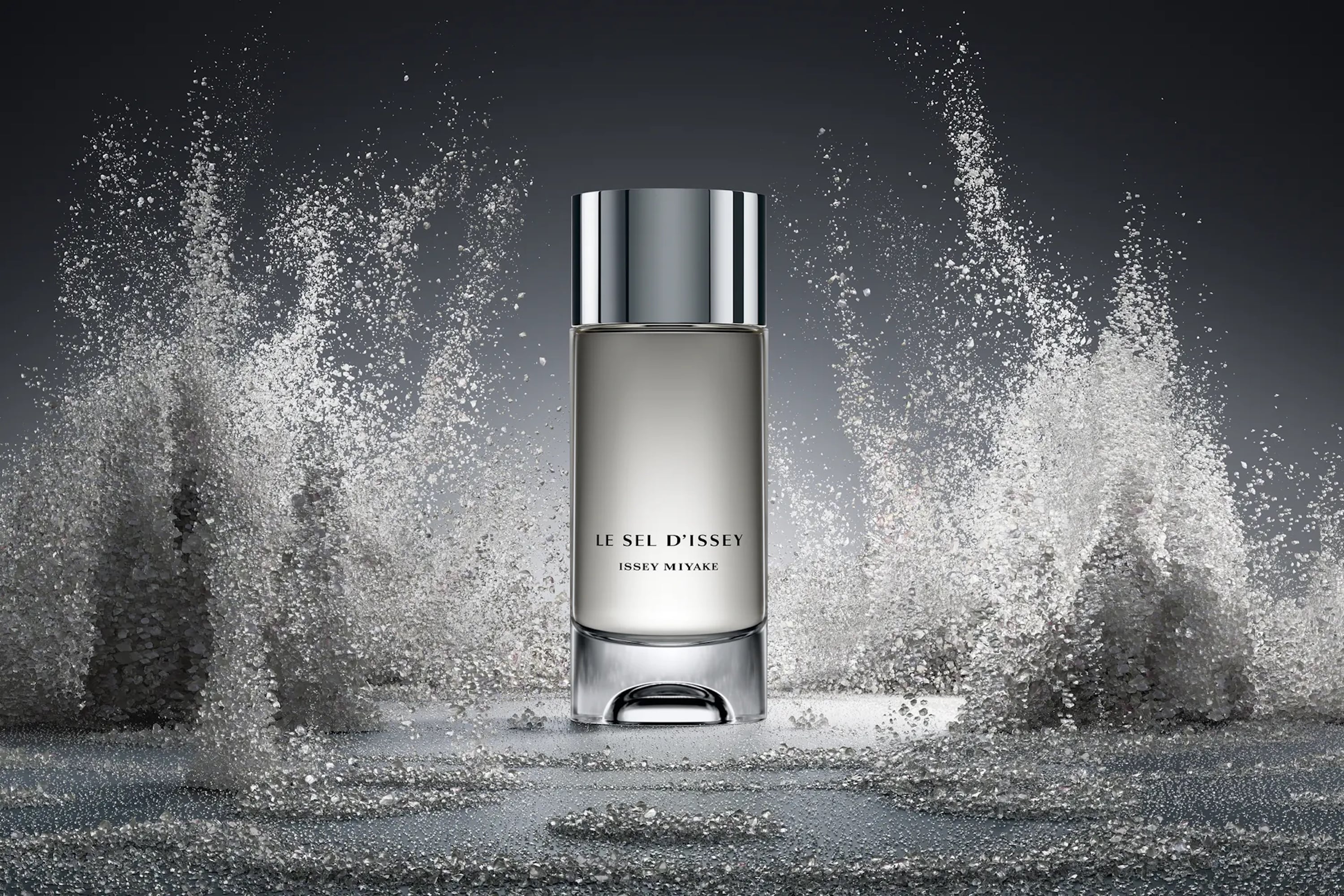Copenhagen Fashion Week proved Havaianas go with everything. Here’s how to make sure your feet can keep up.
At Copenhagen Fashion Week this year, the most photographed footwear wasn’t a box-fresh sneaker drop or the latest chunky loafer — it was the flip-flop. And not just any flip-flop, but the most democratic, recognisable version of them all: Brazil’s Havaianas. They were everywhere, paired with almost every possible outfit combination. Tailored shorts and a tucked-in shirt? Flip-flops. Slouchy trousers rolled to the ankle? Flip-flops. A double-breasted suit worn open over a bare chest? Flip-flops. The mood was unapologetically casual, a nod to Scandinavian ease, but also a deliberate act of styling rebellion — the fashion equivalent of wearing a perfect tux with no tie.
Part of the appeal is their cultural universality. In Rio de Janeiro, they’re part of the daily uniform. In Copenhagen this season, they were re-contextualised — suddenly the “no shoe” shoe became the sharpest way to dress down. Comfort, irony, and confidence all in one rubber sole. But here’s the catch: when your footwear leaves nothing to the imagination, the condition of what’s inside them becomes part of the look. Unkempt feet can undo the whole effect faster than you can say “Scandi minimalism.”
“Foot care isn’t just about looks,” says Josefin Landgård, founder of Scandinavian skincare brand MANTLE. “It’s about comfort, skin health, and keeping you moving. Dry, cracked heels or irritation don’t disappear just because they’re hidden in socks. Summer feet are made in the winter.” It’s an approach born from necessity in the Nordics, where cold, dry winters are brutal on the skin. Treating foot care as a year-round ritual means that when sandal season hits — or, as now, when it gatecrashes your tailoring — you’re already prepared.

Photo by MEGA/GC Images via Getty Images
The most common mistake, she says, is ignoring your feet until it’s urgent. The second is thinking you can scrub your way out of months of neglect. “Just like facial skincare, it’s about strengthening the barrier over time, not reacting to symptoms,” Landgård explains. That means a consistent routine: cleanse, hydrate, trim, protect.
A rich, nourishing cream will always outperform a lightweight lotion on feet, simply because the skin is thicker and needs more help holding onto moisture. A balm — whether it’s petroleum-based or a plant-rich formula — can be a lifesaver for cracked heels and stubborn rough patches. For exfoliation, resist the urge to go in hard with metal files or coarse scrubs; once a week or once a month with a gentle exfoliator will do, ideally before a shower when the skin is softened. Follow with a hydrating cream or cooling lotion to lock moisture in. (MANTLE’s The Whipp, The Remedy Balm, and The SOS Lotion are well-formulated options if you want to take a Scandinavian route.)
Footwear choice plays its role too. Ideally, choose breathable materials and ergonomic soles — but style often wins out. After a sweaty day in slides or sneakers, let your feet breathe and rehydrate. Aloe vera, mint, or calendula-infused lotions can soothe heat and friction. For a minimalist three-step routine: exfoliate monthly, apply a rich cream a few times per week, and target problem spots with a balm before bed.
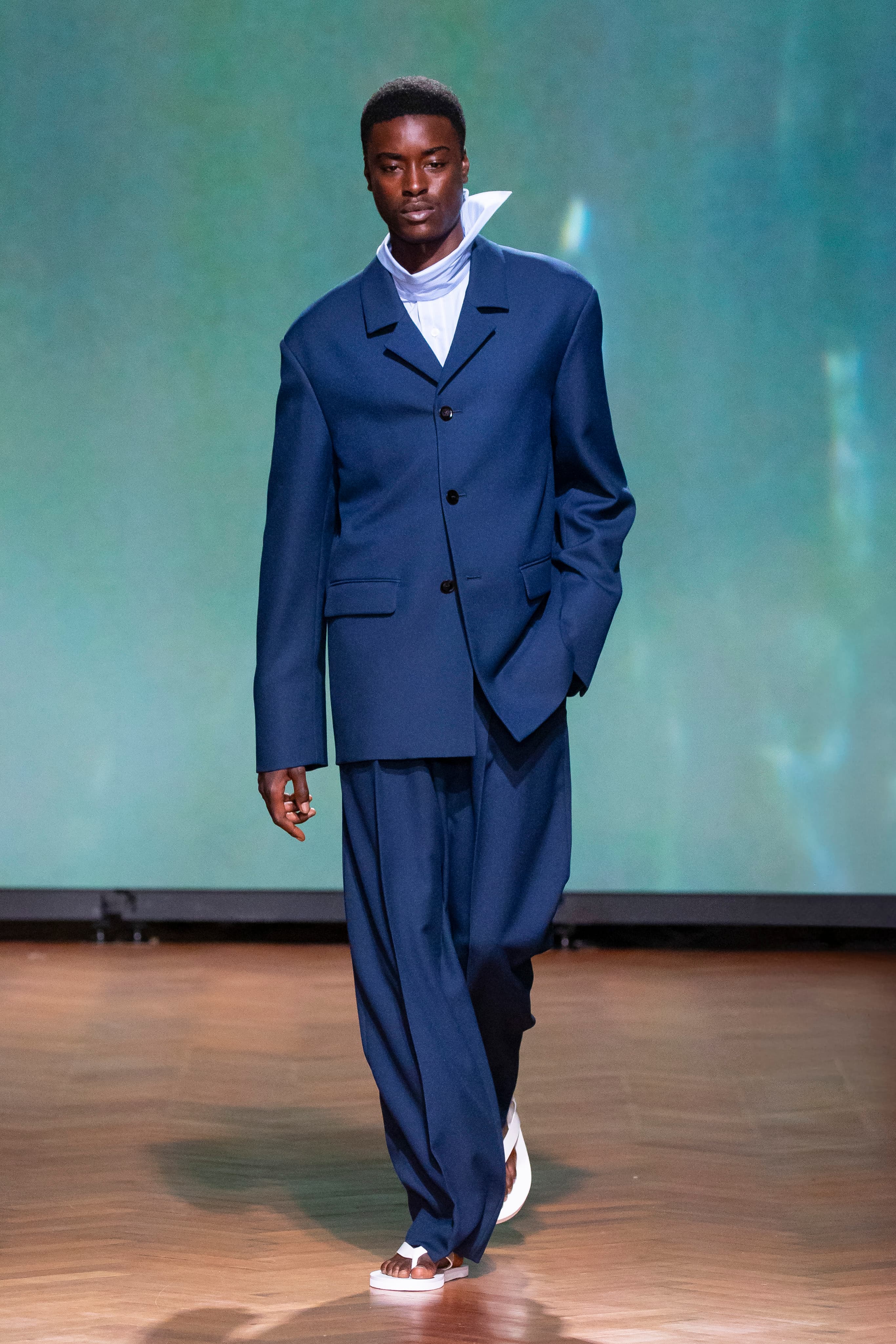
Courtesy of Kent & Curwen, SS26 collection presented at London Fashion Week
If you’re in the “two days until Ibiza” scenario and your feet haven’t seen daylight since Christmas, there’s still hope: soak for 20–30 minutes, exfoliate, apply a heavy layer of balm, and sleep in socks. And groom your toenails — or, better yet, book a pedicure. “More men should do that at least every six months,” says Landgård. While the idea still makes some men uncomfortable, she notes that Scandinavian pragmatism is shifting perceptions. “If something works, we use it, regardless of gender. Yes, pedicures still have stigma, but you’ll be the winner in the long run.”
Which brings us back to the runways. If Copenhagen taught us anything this season, it’s that the flip-flop is no longer a holiday-only indulgence — it’s a legitimate fashion move. But if you’re going to wear them with a suit, the feet they frame should be as considered as the tailoring. In other words: style doesn’t stop at the ankle.
